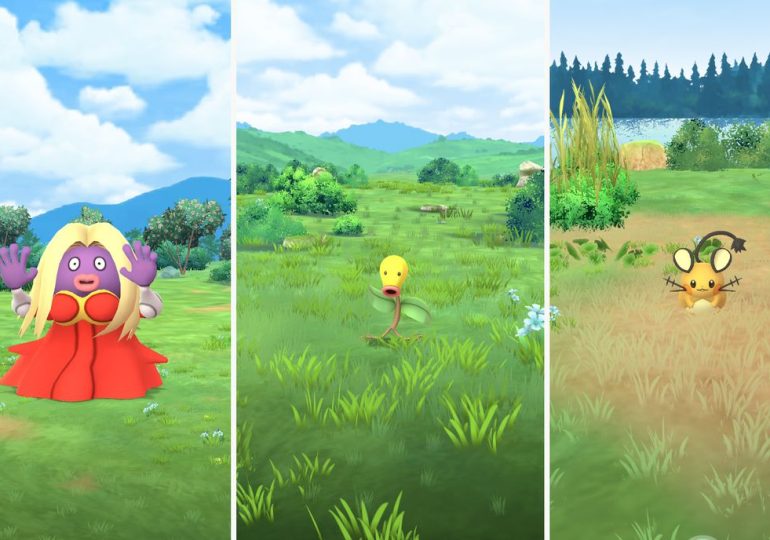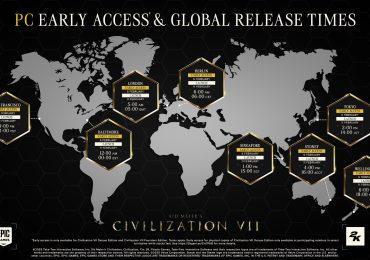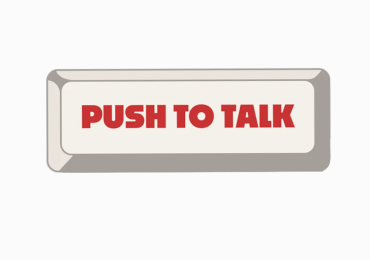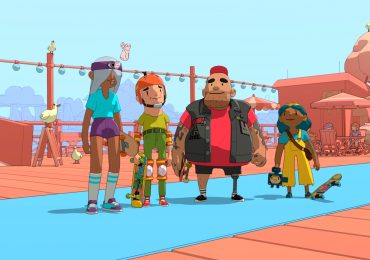Pokémon Go has added a biome system to the game, making it so some Pokémon, like Wiglett, only spawn in certain areas. Those hunting for specific Pokémon will want to head over to these biomes, but they seem a little bit finicky at the moment, with not much known about them.
Below, we explain how many different biomes there are and how spawns work within biomes, based on our own experiences.
How many biomes are in Pokémon Go?
There are 4 confirmed biomes in Pokémon Go. These are the ones that Niantic have posted about:
- Beach
- City
- Forest
- Mountains
There are a few other biomes that are unconfirmed in official name and type:
- grasslands/park with trees
- grasslands with no trees
- grassy area near smaller bodies of water (not oceans)
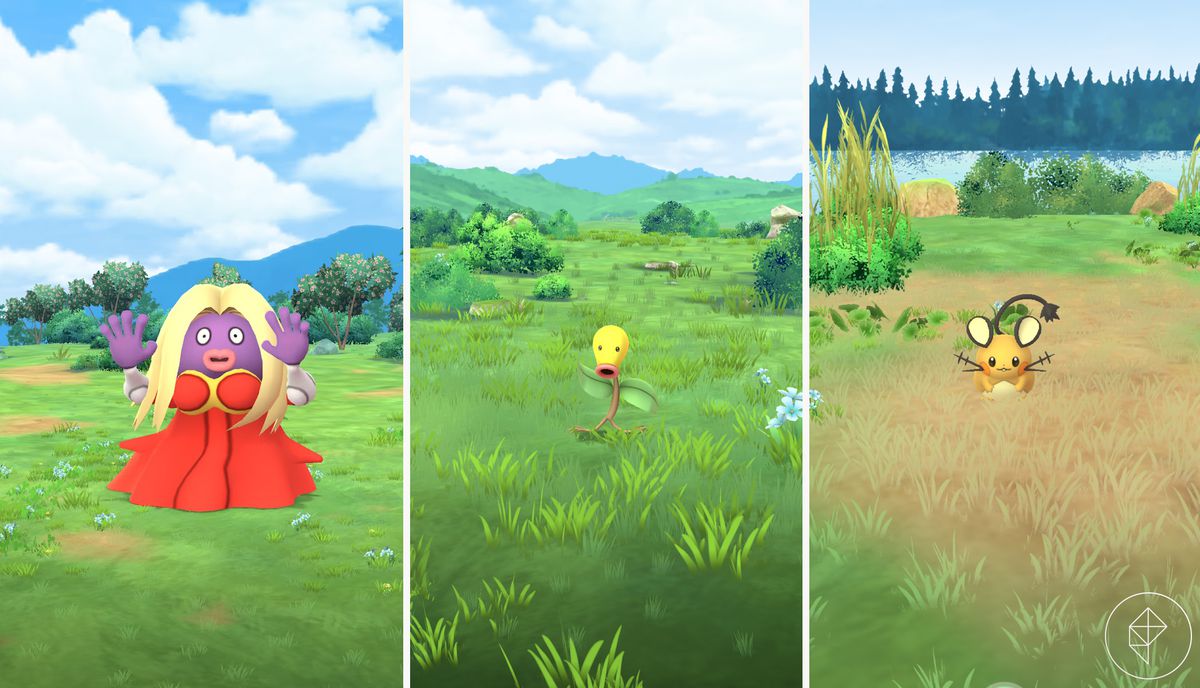
There may be more than this, but these are ones we’ve encountered.
Do some Pokémon only spawn in specific biomes?
As previously mentioned, Wiglett only spawns in beach biomes. The biomes that Niantic has confirmed also has some specific spawns, according to their Rediscover Pokémon Go page:
- Forest: Bulbasaur, Caterpie, Weedle, Oddish, and more
- Beach: Wiglett, Squirtle, Psyduck, Seel, Magikarp, and more
- Mountain: Sandshrew, Clefairy, Zubat, Diglett, and more
- City: Caterpie, Pidgey, Machop, Gastly, and more
We’re not 100% sure if these spawns are only a part of the “Rediscover Kanto” event or if they’ll persist after the event ends, but for now, you can specifically find these Pokémon more often in their respective biomes.
Is there a Pokémon Go biome map?
In-game, it’s hard to tell where biomes are at a glance, so at present the community is filling in the gaps with their own resources, especially in light of Wiglett being beach biome exclusive.
It appears that Pokémon Go’s map likely pulls from OpenStreetMap, which tracks biomes using surveys, aerial images, and other sources. Using the following beach biome map on the overpass turbo website, can see locations with a beach tag by clicking “run” at the top. (The link we provided should give that to you.)
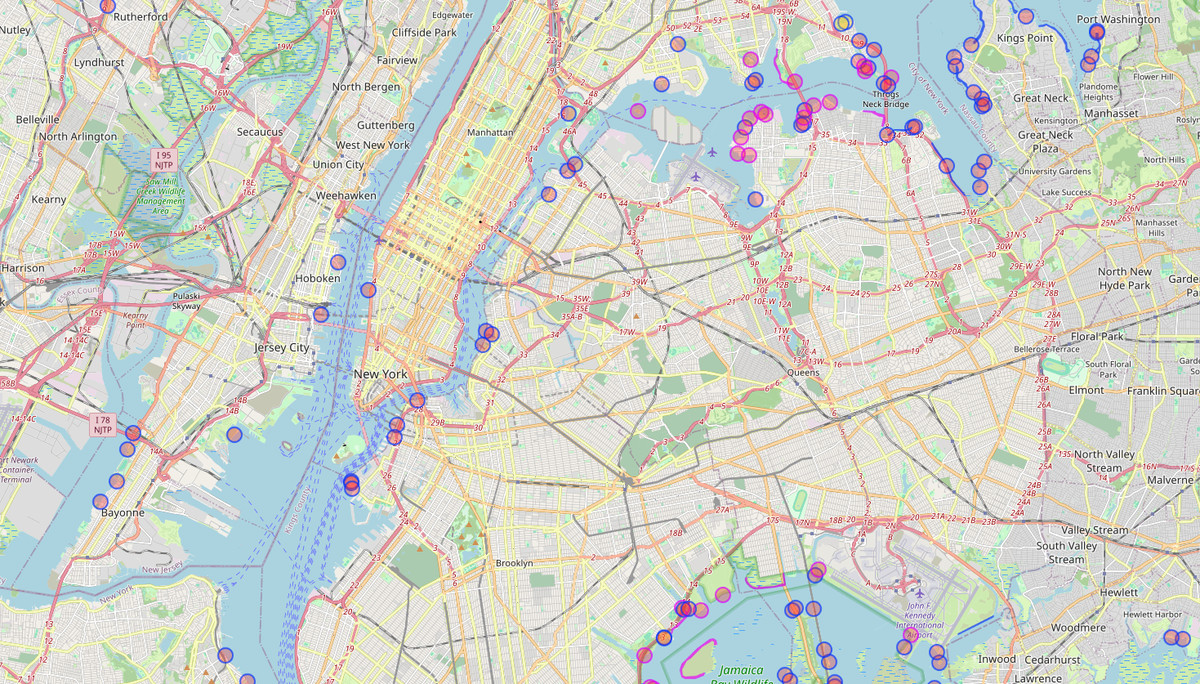
It’s likely more community-run biome maps will emerge over time — especially as more biome-exclusive Pokémon are introduced to the game.
